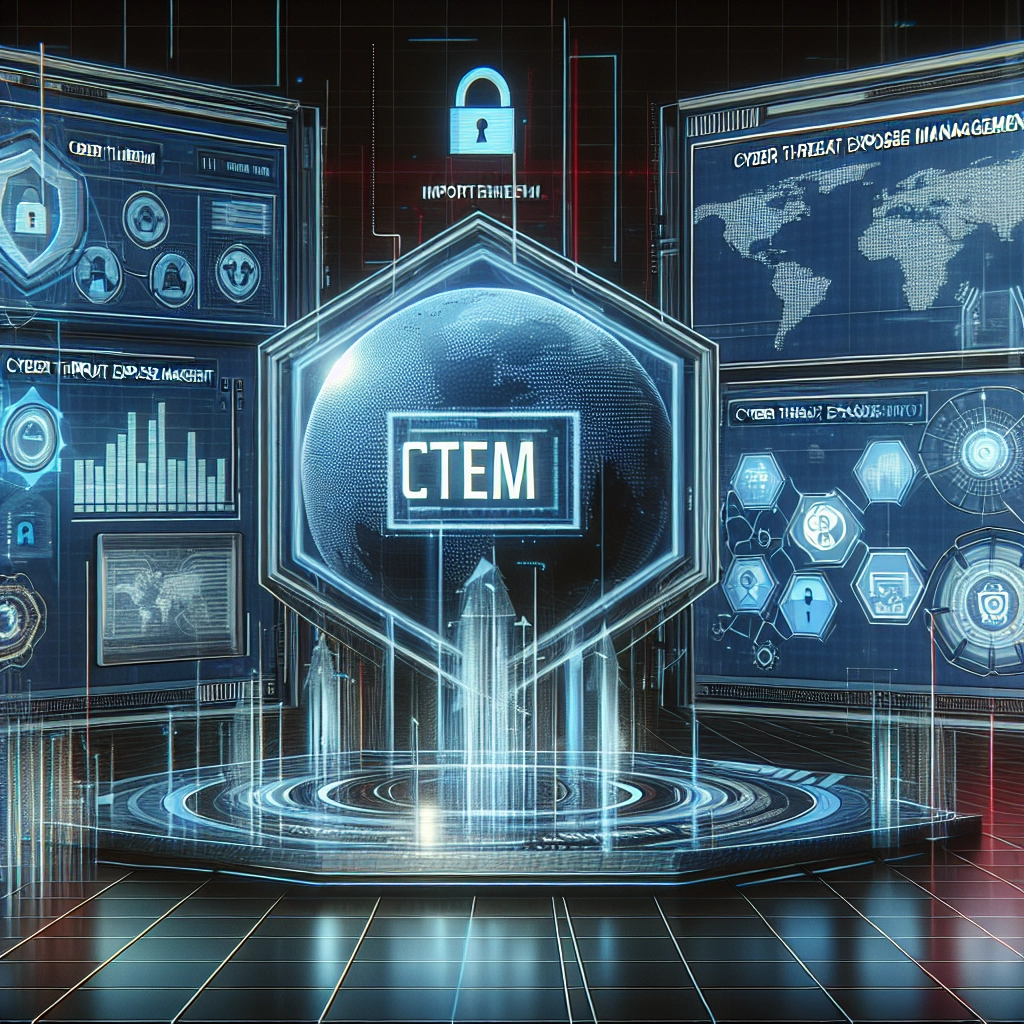Continuous Threat Exposure Management (CTEM) has solidified its position as a vital strategic facet for Chief Information Security Officers (CISOs). Transcending its theoretical origins, CTEM now serves as a cornerstone of contemporary cybersecurity initiatives, closely aligning security investments with tangible risks.
Central to CTEM is Adversarial Exposure Validation (AEV), which leverages various proactive security tools. These include Attack Surface Management (ASM), autonomous penetration testing, and Breach and Attack Simulation (BAS). Together, AEV tools allow enterprises to proactively identify and mitigate risks, transforming threat exposure into a manageable metric for business.
CTEM signifies a shift in how security leaders evaluate and allocate resources. As board expectations for security grow, CISOs are utilizing CTEM to implement outcome-based security efforts. Early adopters have noted enhanced risk visibility, swifter validation processes, and better alignment of security spending with business objectives. The real-time insights from ASM and autonomous pentesting empower CISOs to adapt their strategies to evolving threats.
The Three Pillars of CTEM
CTEM’s framework encompasses three main pillars: Adversarial Exposure Validation, Exposure Assessment Platforms (EAP), and Exposure Management (EM). This structure is designed to ensure that enterprises can continuously assess and respond to threats, aligning security practices with business goals. Research from Gartner suggests that organizations prioritizing security investments based on a CTEM strategy will be significantly less likely to experience breaches.
Key Components of CTEM
1. Adversarial Exposure Validation (AEV): AEV enhances CTEM by simulating real-world attacks to validate the effectiveness of security measures. This process often involves automation, AI, and machine learning, which replicate adversary tactics and help identify exploitable vulnerabilities before they are attacked in real scenarios.
2. Attack Surface Management (ASM): ASM expands visibility into an organization’s digital assets, allowing security teams to promptly identify potential vulnerabilities. This comprehensive perspective is critical for effective threat management, turning awareness of the attack surface into actionable plans.
3. Autonomous Penetration Testing and Red Teaming: These techniques improve scalability and operational efficiency, offering ongoing, actionable insights that outperform traditional assessments. This evolution indicates a shift away from merely meeting compliance standards towards embracing continuous, proactive security testing.
4. Breach and Attack Simulation (BAS): BAS tools help validate security controls without interrupting operations. By regularly simulating various attack techniques, BAS identifies vulnerabilities and operational gaps, allowing security teams to prioritize remediation based on real-world risks.
Why CTEM is Gaining Momentum
The rise of CTEM is attributed to several interrelated factors:
- Scalability: With the expansion of cloud architectures and interconnected systems, CTEM provides the necessary visibility and management capabilities.
- Operational Efficiency: By automating threat validation, CTEM streamlines processes and reduces redundancies, enhancing response times.
- Measurable Outcomes: CTEM empowers CISOs to move beyond abstract discussions of risk, instead utilizing clear metrics for informed decision-making.
- Regulatory Compliance: As cybersecurity regulations tighten, CTEM’s ongoing validation capabilities support compliance and audit readiness.
Conclusion
The evolution of cybersecurity necessitates a proactive approach, where continuous management of threat exposure is not just preferable but essential. CTEM represents more than a framework; it’s a foundational strategy for establishing cybersecurity as a decisive, data-driven discipline. By implementing real-time validation and focusing on significant exposures, CISOs can steer organizations toward genuine resilience. In an increasingly complex digital landscape, the organizations that excel in cybersecurity will be those that effectively measure and manage their defenses continuously.
Welcome to DediRock, your trusted partner in high-performance hosting solutions. At DediRock, we specialize in providing dedicated servers, VPS hosting, and cloud services tailored to meet the unique needs of businesses and individuals alike. Our mission is to deliver reliable, scalable, and secure hosting solutions that empower our clients to achieve their digital goals. With a commitment to exceptional customer support, cutting-edge technology, and robust infrastructure, DediRock stands out as a leader in the hosting industry. Join us and experience the difference that dedicated service and unwavering reliability can make for your online presence. Launch our website.

